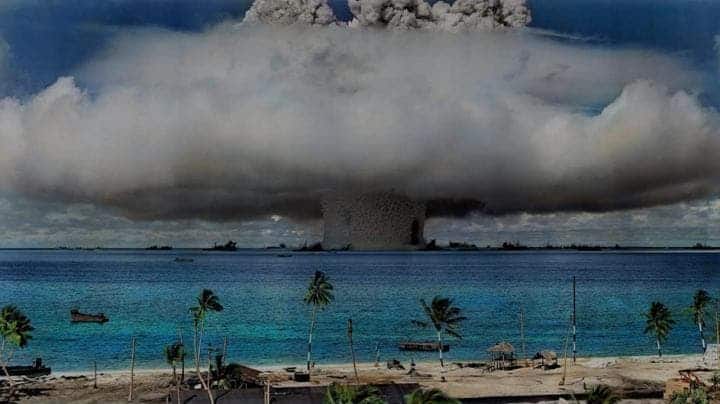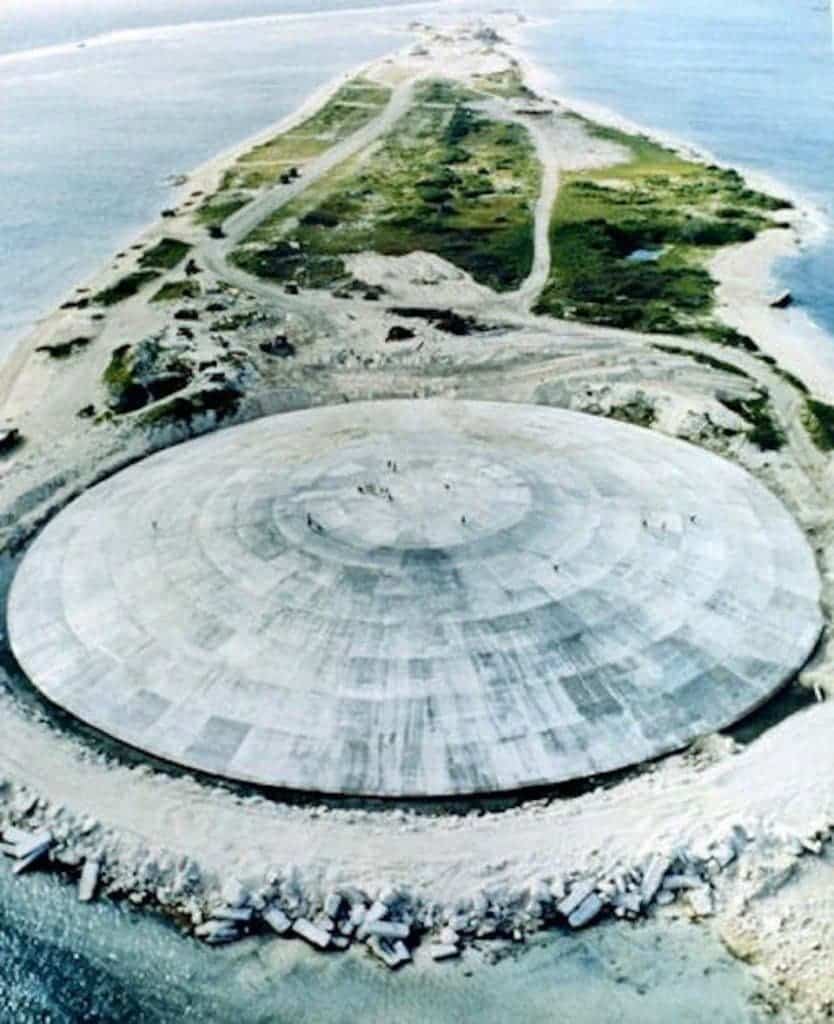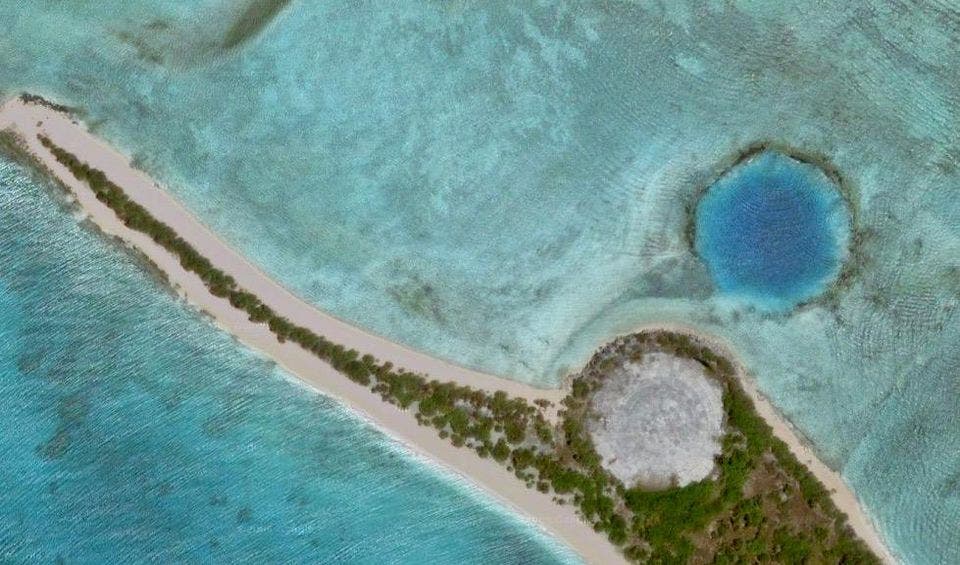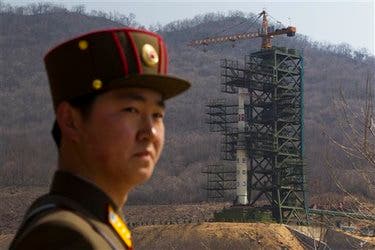
During the Cold War, the United States dropped nearly 70 nuclear bombs on a chain of atolls in the middle of the Pacific Ocean, known as the Marshall Islands. According to researchers at Columbia University who visited some of the islands hit by the bombs, the radiation levels are far higher than in areas affected by the Chernobyl and Fukushima nuclear disasters.
The study even suggests that the concentration of nuclear isotopes is even well above the legal exposure limit established between the U.S. and the Republic of the Marshall Islands. But perhaps that shouldn’t sound too surprising seeing how the bombs tested by the U.S. all produced high-yield thermonuclear explosions. For instance, the 1954 “Castle Bravo” bomb which leveled Bikini Atoll was 1,000 times more powerful than the bombs dropped on Hiroshima and Nagasaki during WWII.
University of Columbia researchers analyzed radioactive deposits in the ocean sediment collected from the “Bravo” crater. They extracted 130 cores from the top 24 cm of surface sediment at ocean depths approaching 60 meters over a 2 square kilometer area, in order to build a radiation map of the crater site. The researchers performed radiochemical analyses on the following radionuclides: plutonium-(239,240), plutonium-238, americium-241, bismuth-207, and cesium-137, finding large levels for plutonium-(239,240), americium-241, and bismuth-207.
The last nuclear bomb tested in the Marshall Islands was detonated in 1958. Not too long afterwards, the tiny atolls experienced rapid growth in population, although there was still a lot of nuclear fallout from the tests, most of which is concentrated on the Bikini, Enewetak, Rongelap, and Utirik atolls.
According to official reports, the bombs vaporized the land and produced radionuclides that settled in the ocean sediment and blanketed surrounding islands in radioactive ash — a fine, white, powder-like substance, which some children shockingly mistook for snow and played with.
Suffice to say, the U.S. played this situation in a “shoot first, ask questions later” fashion. More than a decade after they finished their tests in the Marshall Islands, in 1977, the United States government started to clean up the radioactive waste left across the atolls. Around 73,000 cubic meters of radioactive soil has been collected, which was dumped into a huge crater — created by one of the dozens of nuclear blasts — on Runit Island. Over the nuclear waste, the U.S. erected an 18-inch-thick concrete dome as temporary containment. However, plans for a permanent radioactive waste storage dome were never finalized, and what was supposed to be a temporary solution is now a nuclear fallout timebomb that has been ticking for nearly 40 years.

What’s more, in 1983, the Marshall Islands separated from the United States, releasing the United States of any responsibility for past nuclear testing. Building a multi-billion-dollar nuclear waste confinement facility is out of the question for a tiny island state, which is now stuck with a “nuclear coffin” — and a leaky one to boot. Throughout the decades, storms and soil shifting has caused cracks in the dome to the point that local authorities now fear that the concrete could split during the next big storm. What’s particularly worrisome is that seawater is gaining access to the crater from underneath, as its bottom has not been lined with concrete.

The new study authored by Emlyn Hughes and Malvin Ruderman from the Columbia Center for Nuclear Studies suggests that the situation for Marshallese is even more dire than previously thought.
“Based upon our results, we conclude that to ensure safe relocation to Bikini and Rongelap Atolls, further environmental remediation… appears to be necessary to avoid potentially harmful exposure to radiation,” wrote the authors of the study published in the Proceedings of the National Academy of Sciences.




